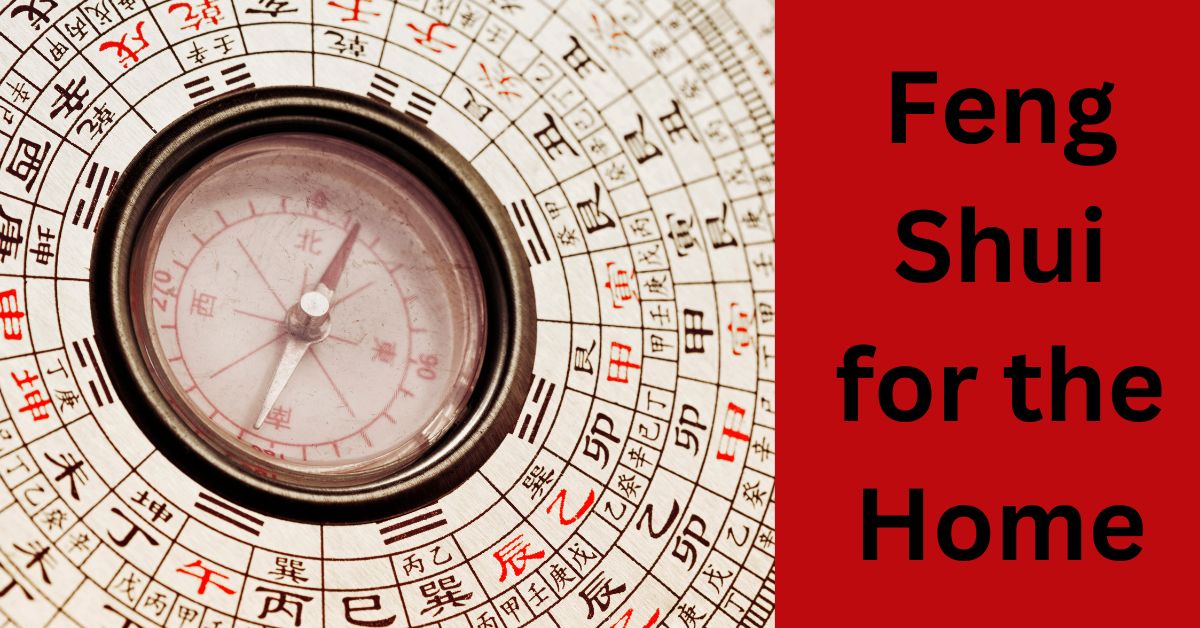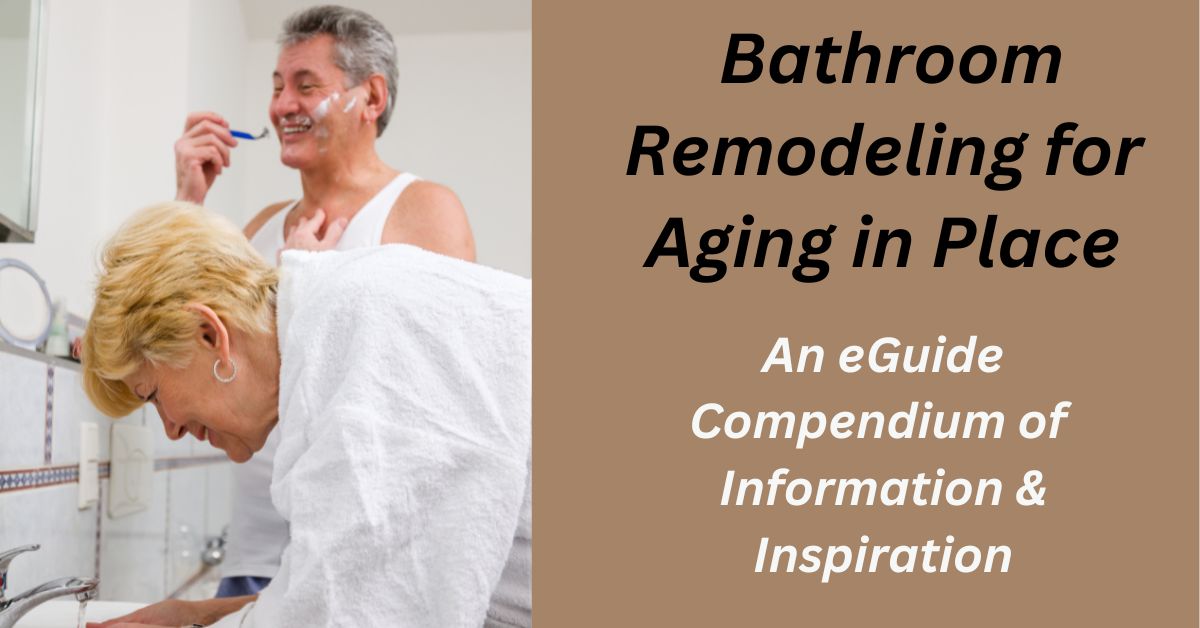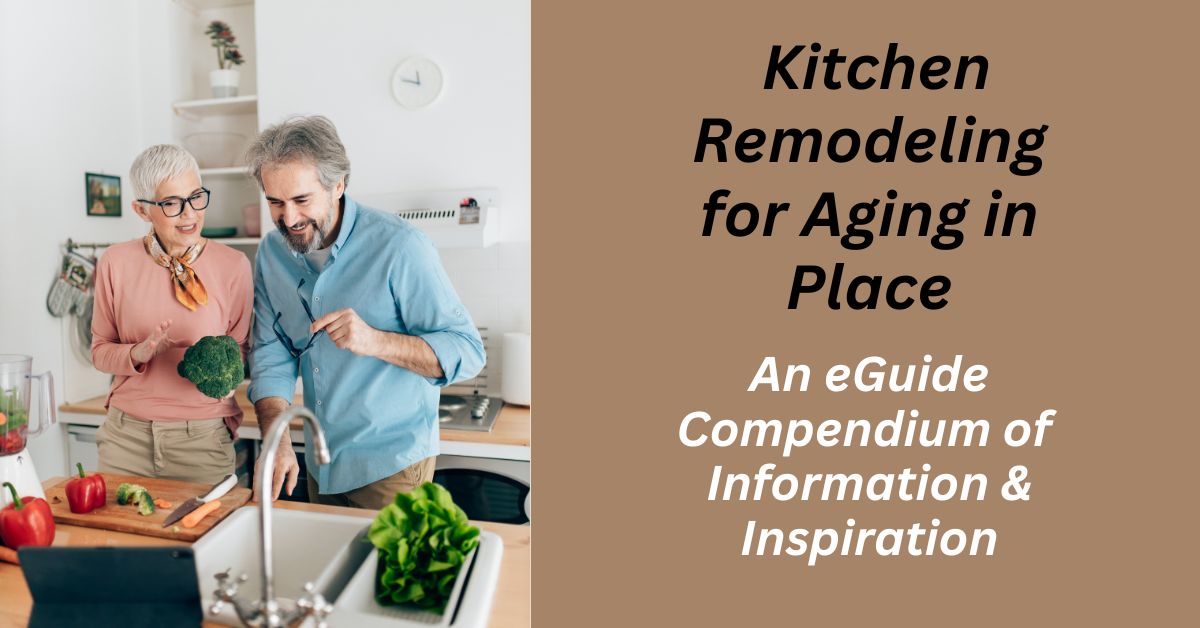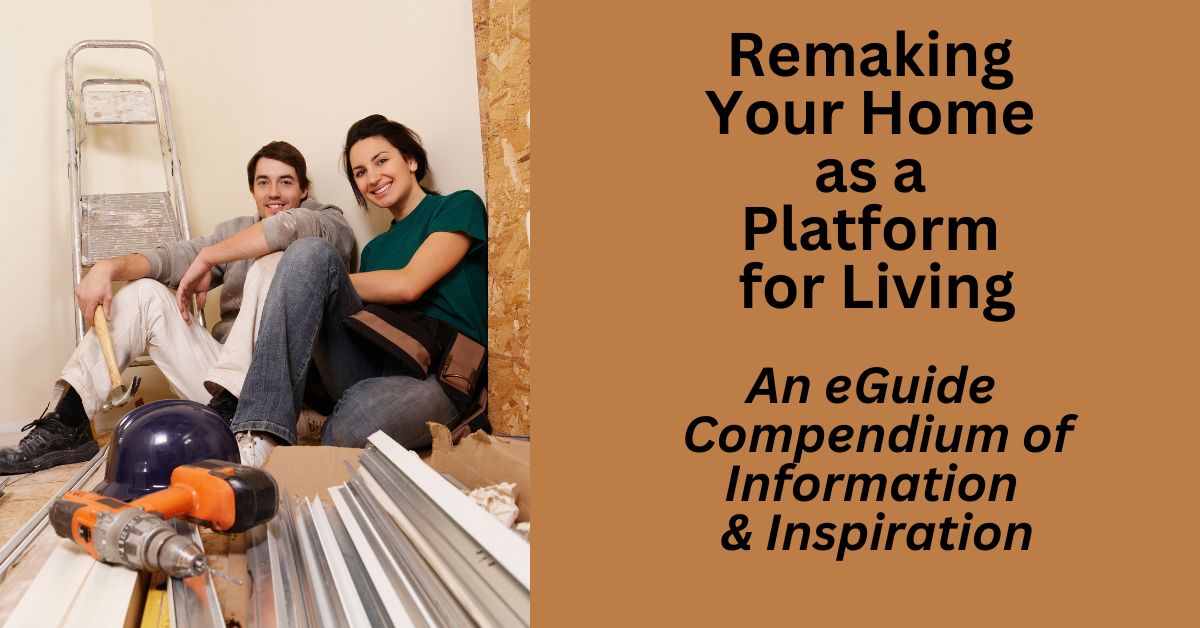Table of Contents
Note: If you came to this post on feng shui for the home through a random search, please click on this parent page and our home page for more context.
Introducing Feng Shui for the Home
Feng Shui is an ancient Chinese art. Feng Shui for the home harmonizes our lives by optimizing the placement of things in and around our homes. This is done in such a way as to ease the flow of Ch’i energy within our living environment.
The literal meaning of Feng Shui is “wind and water,” which are elements that flow. And Ch’i (or Qi) is the hidden animating life force that flows everywhere around us. Feng Shui is related to the Chinese philosophy of Taoism.
Feng Shui is also known as the “art of placement.” It teaches us to arrange our living environment in such a way that removes obstacles and obstructions to this Ch’i energy as it flows around our home.
In this way, as people apply the principles of Feng Shui in the management and decoration of their homes, they come to live in greater harmony within them.
- Related post: Interior Design Overview
Feng Shui, Ch’i, and Modern Science
Modern science has not been able to identify or define Ch’i but the work continues, especially in China. In fact, modern science generally describes Feng Shui and Ch’i as “pseudoscience.”
Our own view is that modern science is still in relative infancy. So who knows? But in light of thousands of years of its practical application, we give Feng Shui the benefit of the doubt.
Besides, you will see as we go forward that a great deal of Feng Shui is just common sense. But first, we’ll cover some of the basics of how Feng Shui practitioners apply their art.
Two Schools of Feng Shui
The old school of Feng Shui is the Form or Landscape school of Chinese antiquity. The contemporary or Western school combines the old-school Chinese precepts with what is called BTB (Black Sect Tantric Buddhism). This incorporates the principles of Tao and the balance of Yin and Yang. It is also known as the Black Hat School of Feng Shui.
What we describe below is Black Hat or Western practice. This has become widely used as a tool for interior designers.
Feng Shui Bagua Map
The Bagua, which is translated as “eight areas,” is the energy map that is used to analyze a home and apply the principles of Feng Shui. Each perimeter area of the map relates to one of eight different parts of our lives.
These are wealth & prosperity; fame & reputation; relationships & marriage; family; creativity & children; helpful people & travel; career & life journey; and knowledge & wisdom.
And in the center of the Bagua map is a 9th area, which represents us and our health & wellness.
You will see from the illustration that each segment of the Bagua map is associated with certain colors and one of the Feng Shui elements described below. It is also associated with one of the seasons of the year in clockwise rotation, with Winter at the bottom.
Use the Bagua Map in This Way
Overlay the map on a floor plan of your home with the North (lower) edge aligned with the wall that contains the front door. You will then see how each Gua (area) corresponds with each room in your home.
Lo Shu Magic Square
The Bagua map evolved from Lo Shu Square, an ancient tool of divination in Chinese numerology. It is a 3 x 3 pattern giving a total of 9 squares.
The squares are numbered in such a fashion that when you add the numbers in any direction, horizontal, vertical, or diagonal, the sum always totals 15. This corresponds to the number of days in the cycle of the new moon to the full moon.
Odd numbers are Yang and even numbers are Yin. The four even numbers (2,4, 6, 8) are at the corners of the square. And the five odd numbers (1, 3, 5, 7, 9) cross the square from North to South and East to West. The odd and even numbers alternate around the number 5 in the center of the square.
Compass Points
The squares in the Bagua map represent the eight cardinal and ordinal directions of a compass rose, in an upside-down fashion. Career is in the North and Fame is in the South.
The Feng Shui practitioner overlays the row of three northern squares along the wall of the home that contains the front door.
The Bagua map then indicates which element, color, and shape are appropriate for incorporation within the corresponding areas of the home. This is to enhance the flow of Ch’i.
The Bagua map is a little counterintuitive in that the North is actually at the bottom of the map. In fact, some practitioners of Feng Shui will use a compass to perform this analysis.
Five Feng Shui Elements
The elements of earth, water, wood, metal, and fire are used in Feng Shui in combination with the Bagua. Each element represents a facet of life:
- Earth represents strength and stability.
- Water represents emotion and inspiration.
- Wood represents creativity and growth.
- Metal represents focus and order
- Fire represents leadership and boldness.
Feng Shui strives to balance these 5 elements throughout the Bagua map. The elements are combined with their respective shapes, colors, seasons, parts of the body, and materials within individual areas of the Bagua map:
Bagua Areas
The Bagua map is how we go about implementing Feng Shui for the home. You overlay the map on the floor plan of the home and take guidance from the map and the tabulation below on colors, shapes, and materials that you can use in each area of the home to enhance the flow of Ch’i.
By the way, you don’t have to let Feng Shui dictate a hotchpotch color scheme in the home. You set about determining your overall color scheme in the usual way.
But you can use the Bagua guide in the selection of furniture, fabrics, artwork, and accent pieces.
- South (Lo Shu #9): Fame & Reputation; Element: Fire; Shape: Circle; Color: Red; Season: Summer; Body part: Eyes; Materials: Fire & Candles
- Southwest (Lo Shu #2): Relationships & Marriage, Element: Earth; Shape: Heptagon; Color: Red, Pink, White; Season: Early Autumn; Body Part: Organs; Materials: Clay, Ceramic, Brick, Porcelain.
- West (Lo Shu #7): Creativity & Children; Element Metal; Shape: Diamond; Color: White & Pastels; Season: Autumn; Body Part: Mouth; Materials: Metals, Marble, Granite.
- Northwest (Lo Shu #6): Helpful People & Travel; Element: Metal; Shape: Oval; Color: White, Grey, Black; Season: Early Winter; Body Part: Head; Materials: Metals, Marble, Granite.
- North (Lo Shu #1): Career & Life Journey; Element: Water; Shape: Rectangle, Color: Black & Dark Tones; Season: Winter; Body Part: Ears; Materials: Water, Glass
- Northeast (Lo Shu #8): Knowledge & Wisdom; Element: Earth; Shape: Octagon; Color: Black, Blue, Green; Season: Late Winter; Body Part: Hands; Materials: Clay, Ceramic, Porcelain.
- East (Lo Shu #3): Family; Element: Wood; Shape: Hexagon; Color: Green, Blue; Spring; Body Part: Feet; Materials: Wood, Cane, Rattan, Wicker
- Southeast (Lo Shu (#4): Wealth & Prosperity; Element: Wood; Shape: Square; Color: Red, Purple, Blue, Green; Season: Early Summer; Body Part: Hip & Pelvis; Materials: Wood, Cane, Rattan, Wicker.
- Center (Lo Shu #5): Health & Wellness; Center of Home; Earth; Triangle; Yellow & Earth Tones; Health.
Yin and Yang Balance
Feng Shui also strives to bring balance and harmony into the feeling of the living space. This is to bring the opposing forces of yin and yang together.
Yin is feminine energy and is associated with the dark. It is quiet, cool, receptive, and nurturing.
Yang is masculine energy and is associated with light, heat, restlessness, and sociability.
Feng Shui for the home brings yin and yang into balance by alternating odd (yang) and even (yin) numbers around the Bagua map.
Commanding Position
In Feng Shui, every room has a commanding position. This is also a defensive position. It is the place in the room from which you are furthest from the door and not in a direct line from it. Thus you are best able to deal with what life throws at you.
The best command position is where you can see the door from a place diagonal from it. This means that the command position will govern the placement of furniture within the room. For example, you will want to place a desk and chair in such a way that you can see the door from where you are sitting.
The command position is important for a sense of security. Without it, you will tend to feel anxious and stressed.
Backing Support
Backing support is an important element of the command position. If the back of your desk chair is towards a window, you are not in command because you don’t control what may be coming at you through the window.
For the same reason, when it comes to the placement of, say, a sofa, you want to make sure that the back of the sofa is against a wall.
Open Space to the Front and Side
Open space to the front and the side relates to being lucky. It also relates to a feeling of security and the ability to escape from a situation. So it’s an important part of the command position.
Commanding Position Compromises
Sometimes (even often) it is not possible to have an ideal command position. But at a minimum ensure that you can see the door from where you are sitting or lying down – even if you have to use a mirror.
The Use of Color
Different colors carry different qualities of energy. And these correspond to each of the five elements.
So when you superimpose the map of the Bagua areas onto your home’s floor plan, you will select decorative elements that accord with the color, shape, and also material associated with the element allocated to a particular Bagua area.
For example, the Wealth & Prosperity area contains the wood element. And this can be expressed in green and wood. So you could use a green plant as a decorative element in this area.
Remove Obstacles and Clear Pathways
Rearrange items of furniture such that there is nothing to bump into as you move around your home. These obstacles not only impede you, but they also impede the flow of Ch’i.
Keep the Front Door Clear
The front door is the main portal through which Ch’i energy flows into the home. So keep it clear and allow the energy to flow through it easily. And if by chance there is a wall in front of the door, place a mirror on it to reflect the energy rather than block it.
By the same token, look around outside your front door and make sure there are no obstructions to the energy entering your home.
Remove Clutter to Create Space
Same as with obstacles, clutter also impedes the flow of Ch’i. And it is visually distracting. Elsewhere on this site, we provide some decluttering tips. Of course, in the area of decluttering and the modern trend of minimalism, we see Feng Shui get even more validation. See our related posts on decluttering.
- Related post: Reasons to Declutter
Make the Most of Natural Light
Keep your windows clean and make use of mirrors to distribute the light. And make sure that any objects reflected in the mirror convey positive feelings. Maximize natural light. See our related post on circadian rhythm lighting.
- Related post: Circadian Rhythm Lighting
Keep the Air Clean
Clean air is as important to Feng Shui as it is to your health. Remove pollutants. Open the windows often. See our related post on air quality.
- Related post: Air Quality at Home
Plenty of Houseplants in Your Home
In Feng Shui, plants are associated with life energy. So use them liberally throughout your home.
And some plants are special to Feng Shui:
- The jade plant is associated with wealth.
- The lucky bamboo brings peaceful energy with it.
Plants are part of the wood element and this is related to wealth and opportunity. So keep a plant at your desk.
And plants are good for air quality too.
Buy Your Home with Feng Shui in Mind
Avoid buying a home near any kind of messy area. Avoid being close to cemeteries or power stations. Places like this emit negative Ch’i.
And especially avoid buying a home at the top of a “T” intersection. This brings too much energy directly into your home.
- Related post: Bathroom Feng Shui
- Related post: Kitchen Feng Shui
- Related post: Home Office Feng Shui
- Related post: Bedroom Feng Shui
- Related post: Garden Feng Shui





Leave a Reply